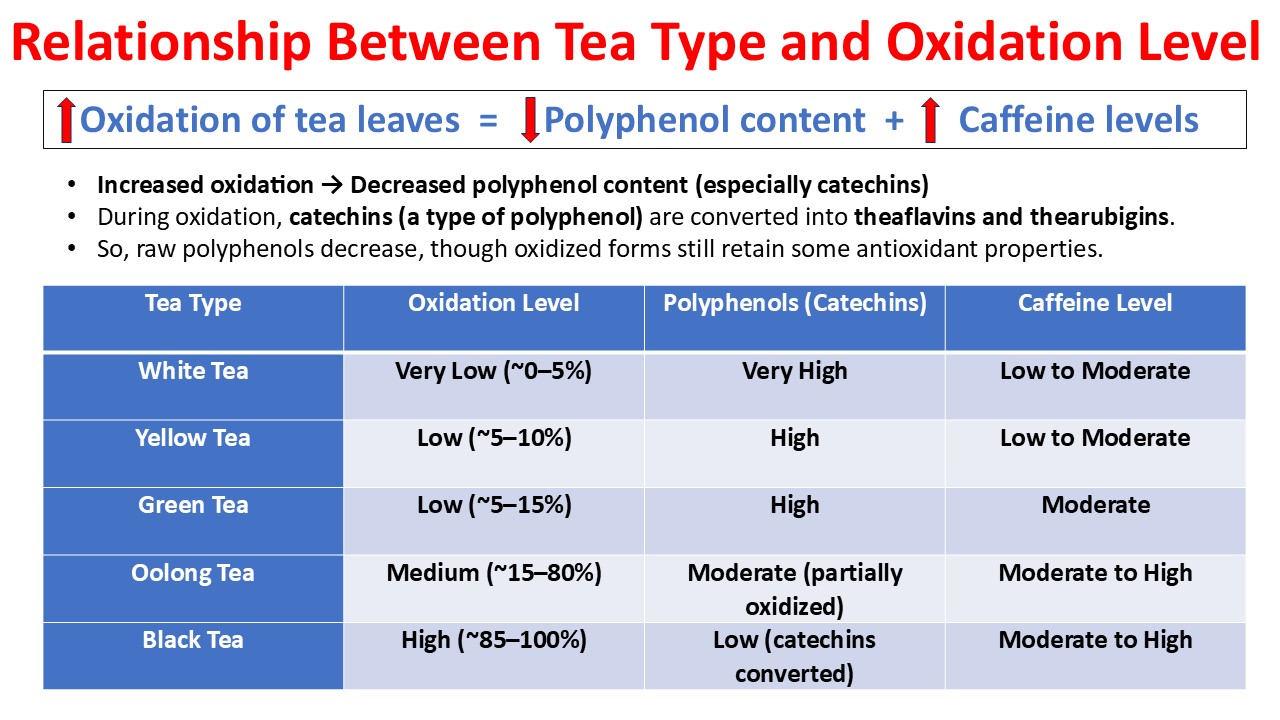Famous Indian Tea
Darjeeling Tea is a premium tea grown in the Darjeeling district of West Bengal, India. It has a delicate floral aroma and a unique muscatel flavor. Made from the Camellia sinensis plant, it holds a Geographical Indication (GI) tag for its regional authenticity.
Assam Tea is a bold and malty black tea grown in the Assam region of northeastern India. It is made from the Camellia sinensis var. assamica plant and is known for its strong flavor and deep color. Assam tea is commonly used in breakfast blends like English Breakfast.
Nilgiri Tea is a fragrant and smooth tea grown in the Nilgiri Hills of southern India. It is known for its bright color, floral aroma, and brisk flavor. Its refreshing taste makes it a popular choice among tea lovers.
Kangra Tea is a distinct tea grown in the Kangra Valley of Himachal Pradesh, India. Known for its delicate flavor, it has a light, slightly floral taste with a hint of sweetness. This tea is often compared to Darjeeling tea but offers its own unique profile.
Dooars-Terai Tea is grown in the foothills of the Himalayas, in the Dooars and Terai regions of West Bengal. Known for its strong, robust flavor, it has a malty and slightly astringent taste. Often used in blends, it is a popular choice for a rich, full-bodied cup of tea.
Sikkim Tea is an organic tea grown in the picturesque state of Sikkim, nestled in the Himalayas. Known for its delicate and smooth flavor, it is a rare and premium variety, prized for its unique flavor profile and limited production.
Types of Tea Based on the Oxidation Process
Unoxidized Tea refers to tea leaves that undergo minimal processing, preserving their natural green color and fresh, grassy flavor. Common examples include green tea, white tea, and yellow tea (which undergoes slight oxidation), all of which are lightly processed to retain most of their antioxidants and delicate taste.
Partially Oxidized Tea is a tea processing method where the leaves are allowed to oxidize for a limited time, resulting in a flavor that falls between green and black tea. This process gives the tea a more complex flavor with floral, fruity, or woody notes. Oolong tea is the most common example of partially oxidized tea.
Fully Oxidized Tea undergoes complete oxidation, turning the leaves dark and intensifying their flavor. This process creates a rich, bold taste with deep, malty, and sometimes smoky notes. Black tea is the most common example of fully oxidized tea.

Types of Tea Based on the Presence or Absence of Tea Leaves
True Tea, or Actual Tea, comes from the Camellia sinensis plant and undergoes varying degrees of oxidation to create different tea types. Depending on the level of oxidation, true teas are classified into unoxidized (like green and white tea), partially oxidized (like oolong tea), and fully oxidized (like black tea). All true teas share a common origin but differ in their processing methods.
Herbal Tea, or Tisane, is not made from the Camellia sinensis plant and thus does not undergo the oxidation process typical of true teas. Instead, it is made from various herbs, flowers, fruits, or spices, and can be consumed as an infusion. Herbal teas offer a wide range of flavors, depending on the ingredients used.
